9 Effortless Ways to Lose Weight
It's all about your relationship with food—and tracking how much you move.
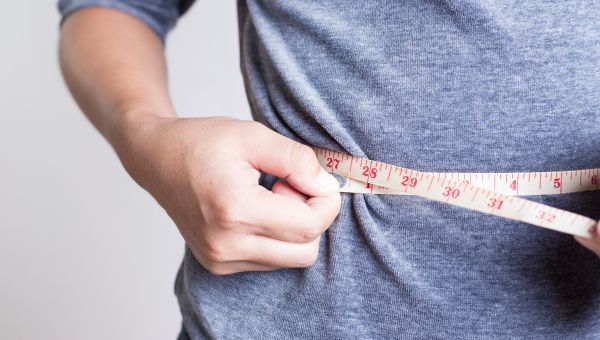
Everyone knows that to lose weight you have to practice healthy eating habits and get regular exercise, but with busy schedules, simple tweaks and habits may be a more realistic way to shed those extra pounds. Luckily, the changes don’t have to be drastic—they may be as simple as strapping on a pedometer every day or shopping the outside perimeter of the grocery store.
Think about your weight loss plan in a new way with these 8 tips from bariatric surgeon Neil McDevitt, MD, of Summerville Medical Center in South Carolina.

Try ditching certain foods for a period of time
There are two different types of hunger, says Dr. McDevitt. “There’s body hunger and then there’s head hunger. Head hunger is usually driven by emotion, and that’s when we crave comfort foods like starches and sugar.”
To minimize those cravings, you have to eliminate things like sodas, desserts and sugary drinks from your diet for a certain amount of time. “By doing that, you’ll eat more for body hunger and less for emotion.”
“We tell people to get rid of what we call BRPPS: that means no bread, rice, potato, pasta and added sugars.”
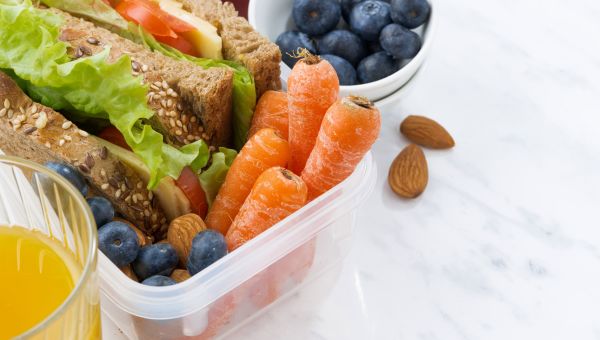
Fuel up before your stomach is empty
Skipping meals is one of the worst things you can do if you’re trying to shed pounds.
“There’s a lot of data out there that shows that missing a meal increases your body’s hunger hormones and slows your metabolism down,” says McDevitt.
When you skip meals, you’ll store more of the energy you get from your next meal, but because you're hungry, you bypass your body's natural hunger satiety mechanisms, says McDevitt. Instead of eating until you feel just right, you eat until you’re full.
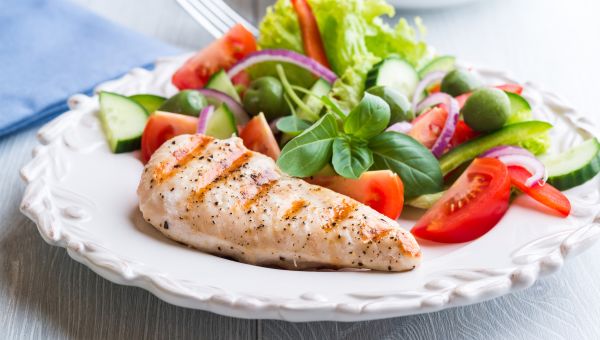
Portion out your plates
When you think about how to load your plate, think about using your hand to measure portions, too. You should fill your plate with food the size of your hand—half lean protein and half vegetables.
McDevitt says eating on a smaller plate is a visual cue that can help control portion sizes. A tea plate or a salad plate is a good place to start. If you still feel hungry, wait 15 minutes before you have the second serving. “In that 15 minutes, a lot of people will recognize they are satisfied. They may not be full, but they’re satisfied.”
The goal is to eat so you’re not hungry, but not to eat until you’re full.
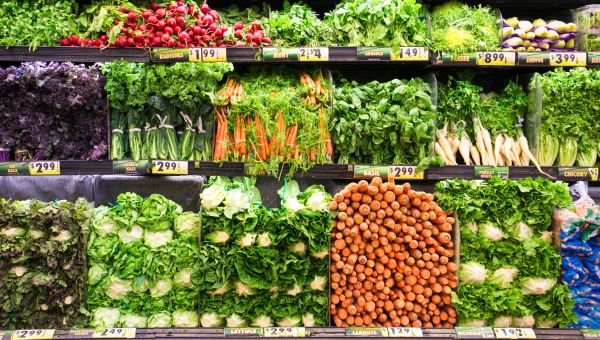
Shop the outside edge of the grocery store
When you’re filling up your grocery cart, it’s best to opt for lean meats, seafood, dairy and fresh produce. Most of these items are probably located around the perimeter of your grocery store, says McDevitt
Processed and fatty foods high in sodium and sugar make up the bulk of the inside aisles, so avoid venturing in for anything other than low-sugar and low-sodium canned and frozen veggies and fruits.
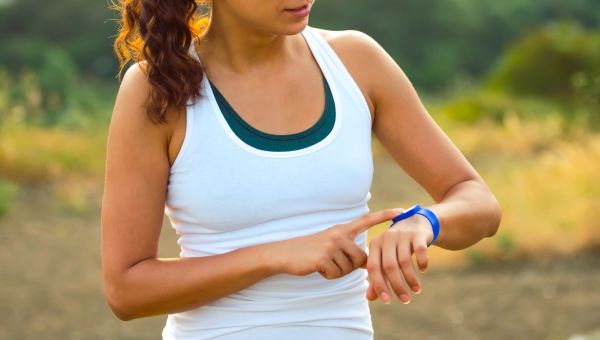
Wear a pedometer—and actually pay attention to it
Chances are, you’re already wearing a watch, bracelet or app with step tracking capabilities. If you aren’t, you need to start.
“I tell everyone to wear a pedometer. Every step you take is the same whether you take it at the gym, grocery store, a walk around the neighborhood,” says McDevitt. Wearing a step tracker will help make you aware of just how much you move over the course of 24 hours—and motivate you to move more.
Find out what your baseline movement is (how many steps you take per day on average), and increase that by no more than 10 percent per week. “Your ultimate goal will be to get 10,000 steps per day.” If you start off too fast, you’ll end up getting hurt or frustrated.
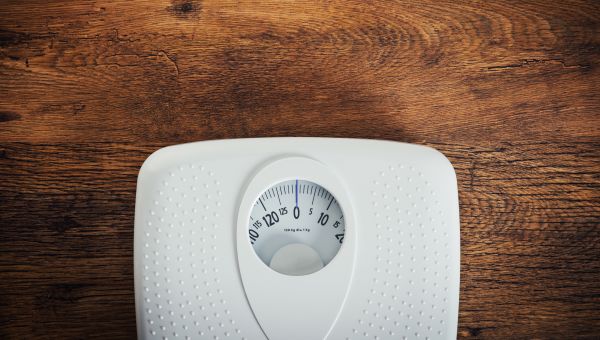
Hide the scale
McDevitt says many people, especially women, quit when they’re doing their best if the scale number isn’t budging. “They’re getting 10,000 steps a day, building muscle, down dress sizes and the scale hasn’t gone anywhere, so they quit.” Weight loss isn’t the only indicator of success—if your dress size is going down, you’re on the right path.
“The scale may not necessarily reflect improvement in your health. If you’re going to weigh yourself, weigh in once a month.”
The takeaway? You’re better off focusing on your pedometer numbers than the number on your scale. “A better quality of life, an active lifestyle and to better engage in the world are reasons to lose weight,” he adds.

Get realistic
Weight loss is a process—and healthy weight loss won’t happen overnight, so it’s important to remember that it takes time.
What does that mean? You have to make reasonable, achievable long-term goals. “If your goal is to lose 50 pounds, your new eating and fitness plan shouldn’t be over two months--it should be over two years,” says McDevitt.
New routines and habits take time to establish, but if you’re holding yourself accountable to an achievable plan, weight loss is sure to follow.

Make sleep a priority
Adequate sleep (7 to 9 hours for adults) boosts your mood, reduces inflammation and helps your skin repair itself, but it’s important for weight management too. When you’re in slow wave sleep your body is burning fat.
The amount of sleep you get can affect your eating habits. “Sleep deprivation is one of the reasons people don’t lose weight,” says McDevitt. When you’re sleep deprived, your body produces more ghrelin, the hunger hormone.
Create an environment that makes it easier to sleep: Move the television out of the bedroom, and don’t reach for technology in bed. “Computers wake up the brain.” Stick to the same sleep and wake schedule, and keep your bedroom under 70 degrees.

H20 is key
Water helps control your body temperature, helps your body dispel waste and can also help you determine whether or not you’re actually hungry. “If you have a glass of water and you’re still hungry, you’re probably still hungry. Many times water does satiate some hunger,” says McDevitt.
The amount of water you need depends on the amount of activity you get throughout the day, but women should aim for 2.7 liters or 91 ounces, men 3.7 liters or 125 ounces of total water (from both beverages and food) per day.
If your urine is light in color, you’re probably drinking enough fluid, says McDevitt.
More On


video

article

slideshow


video


video
